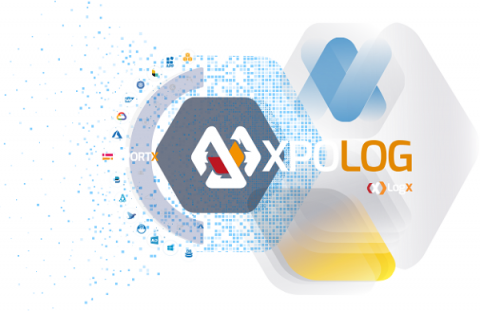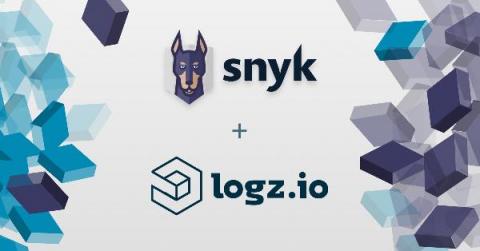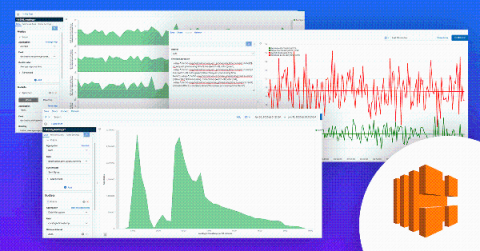Introducing Splunk Connect for Ethereum
Our Data-to-Everything vision is to bring data to every question, decision and action—blockchain data is no exception. Part of making that vision a reality is getting data into Splunk where you can start to investigate, monitor, analyze and act in order to turn data into doing.










